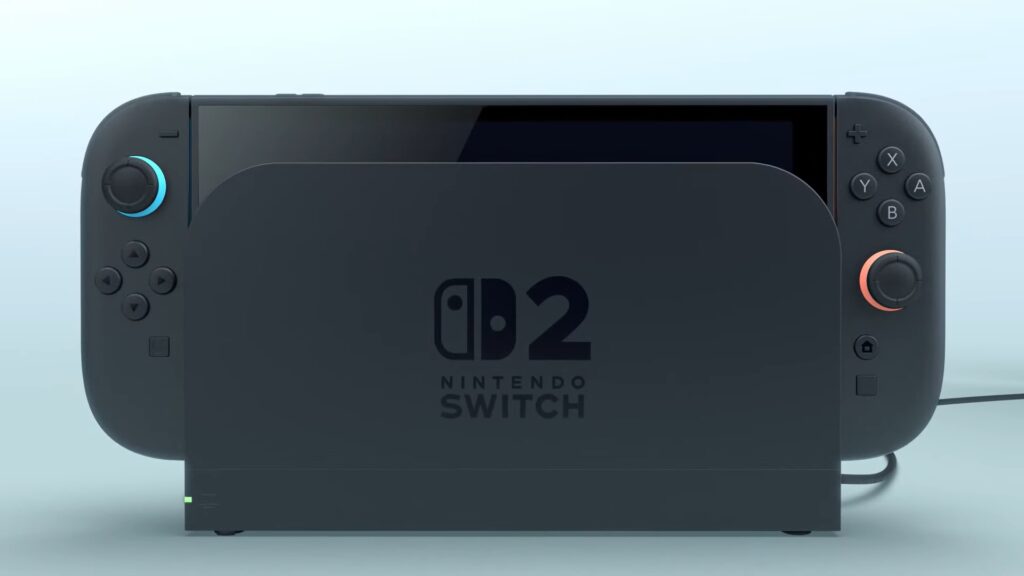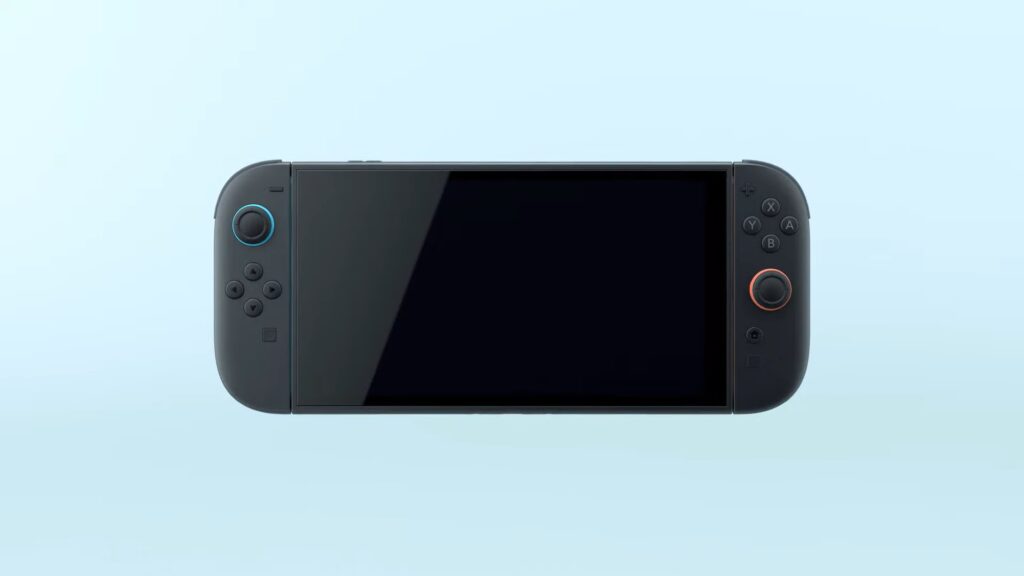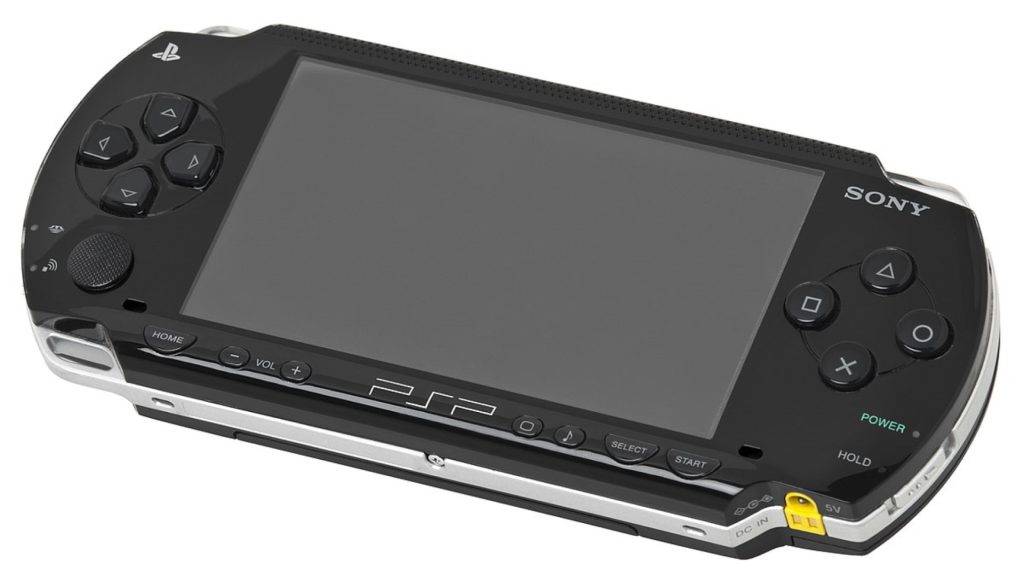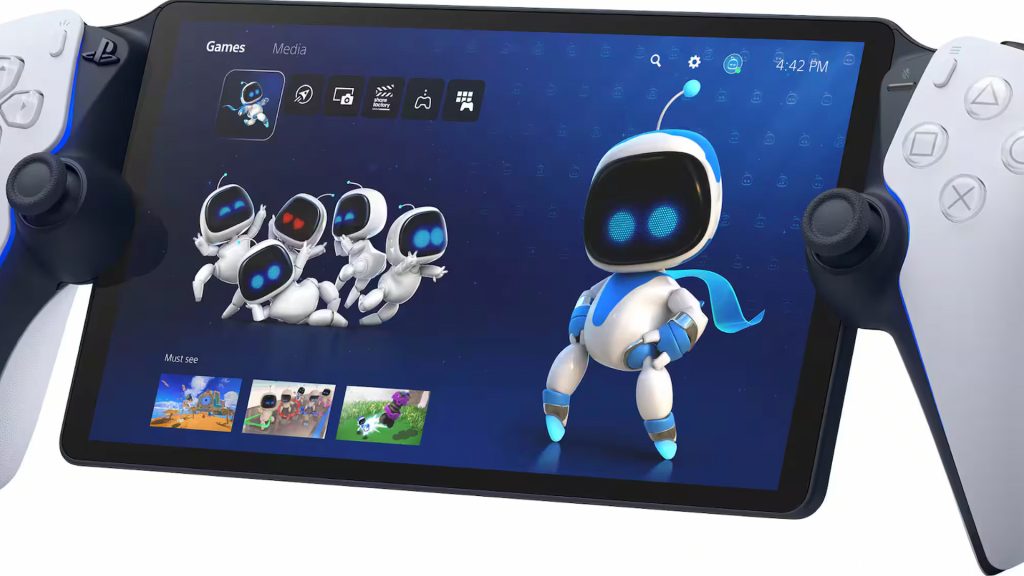PlayStation, Where’s Your Handheld?
With the launch of the Nintendo Switch 2 and the continual rollout of Xbox’s ‘play anywhere’ initiative, handheld gaming is back and more relevant than ever. While Microsoft’s recent ROG Xbox Ally isn’t technically a first-party proprietary handheld, it does leave Sony as the only major console manufacturer shying away from the handheld space completely. So, is it time for Sony to rekindle their storied legacy in portability and enter today’s competitive handheld market? We think it’s the perfect time, and here’s why.
Despite how crowded the current handheld landscape is, there’s still plenty of room for PlayStation supply something only they can. With Nintendo and Microsoft going in two opposite directions with handheld philosophy, Sony has an opportunity to throw a wrench into all of that and do something different. But first, how are Nintendo and Microsoft at opposite ends of the handheld spectrum exactly? Well, The ROG Xbox Ally X doesn’t take full advantage of Xbox’s quirks in the same way the Switch 2 does. It’s an ASUS device with some Xbox branding slapped on, but not truly an Xbox machine crafted by Microsoft. While the Ally X harnesses perhaps the most powerful handheld processor on the market in the AMD Ryzen Z2 A, the third-party machine lags behind the Series S/X with regards to backwards compatibility. The Xbox Ally X supports 1000 Xbox titles, but won’t be able to play older legacy titles from the Xbox 360 or Xbox One like the first-party consoles can. It’s basically an Xbox themed Windows handheld, an impressive one at that, with superb performance.

Xbox seems to be gradually molting away its brand purity with its ‘play anywhere’ initiative and third-party manufacturing, which is quite the different approach from any of its more exclusive-minded competitors. I’ve been seeing plenty of gamers saying they’d just rather play all of Xbox’s games on their Steam Deck or an older Asus ROG than shell out the cash for the new Xbox themed ROG, and it’s not an entirely facetious statement. The ROG Xbox Ally doesn’t run on proprietary Xbox hardware or anything, and it certainly doesn’t house any exclusive games you can’t play on other handhelds or PC, so why bother? Well, the power and sheer quality is inherently attractive, and that power part of the equation is something Nintendo has only recently cared about.
This is where Nintendo’s own Switch 2 comes in. While Microsoft is handing their handheld keys to other manufacturers, Nintendo maintains their hybrid approach to console making, following up on their success with the original Switch. The Switch 2 is a highly versatile machine, capable of playing Mario and Zelda on the train as well as on a 4K TV. While the Switch 2 largely went with an ‘if it ain’t broke, don’t fix it’ mentality regarding its design, its identity remains purely Nintendo. And Nintendo have stated numerous times in the past that it doesn’t see itself as competing with other console manufacturers. Nintendo is out there doing its own thing, banking off the massive success of the Switch with its more or less iterative follow-up, the Switch 2, and it doesn’t care if Sony or Microsoft try to compete with it. After all, unlike Xbox, Nintendo isn’t going to outsource its main gaming IP or put Mario on other platforms any time soon. Fans buy the Switch because of its exclusive games, its fun hybrid capabilities you can’t get elsewhere, and that special Nintendo magic that accompanies their propriety hardware.

So, Nintendo is off in its corner doing its own thing and Microsoft is more or less handing the reigns of its handheld to the PC manufacturers. Where does Sony fit into this? Well, PlayStation has two choices regarding their next handheld: either compete with the PC handheld market with an Xbox Ally-like device or harness its brand identity in a similar way that Nintendo has with the Switch. I think it has to do the latter considering how stuffed the PC handheld market is getting. After all, it’s not only Valve and Asus taking advantage of the handheld boom, Intel has been producing their premium MSI Claw powered by their Lunar Lake chip. While Lenovo’s Legion has SteamOS built-in, making its line of handhelds highly sought-after.
Sony would be wise to reflect on their own unique legacy in the portable space. Back in the early 80s, a phenomena called the ‘Walkman effect’ emerged. Headphones became something of a fashionable trend thanks to Sony’s original portable cassette player, the Walkman, gave listeners on-the-go bands and orchestras. Sony was known for portability, so why aren’t they anymore? Well, Nintendo was the first to enter the handheld gaming market with the Game Boy and it’s been on a roll in the market since. Sony was somewhat late to handheld gaming, releasing the PSP in 2004 while Nintendo already had close to a dozen different handheld devices by then. And their last handheld effort, the PS Vita, undersold thanks to steep console and memory card prices and, as executives stated at the time, ‘the rise of the mobile market’. But Sony’s first handheld outing was special and it’s worth looking back at what made it click for so many.

The most obvious thing the PSP did to challenge the Nintendo DS was utilize UMD discs to provide better performance and graphical power. The PSP was also responsible for a lot of handheld ‘firsts’. It was the first gaming handheld with an internet browser, the first disc-based portable gaming system, and was really the first gaming handheld with exceptionally strong multimedia support. While Sony can’t exactly mimic its impressive lists of ‘firsts’ with another handheld machine today, it can do something else the PSP did remarkably well: supply strong first-party exclusives ideal for an on-the-go experience. Gamers got Metal Gear Solid Peace walker, GTA: The Chinatown Wars, Final Fantasy VII Crisis Core, and a plethora of other excellent first-party games thanks to the PSP. And what’s more, these games integrated portability into their design ethos, making for uniquely mission-based gameplay in series’ that were otherwise long-winded. This combination of computing power, versatility, and brand exclusivity made the PSP the only successful Nintendo handheld competitor at the time. Could Sony challenge Nintendo’s dominance in the market once again?
The chances are higher than we’d probably think, considering the strong demand for portable gaming experiences right now. The only question is if PlayStation can stand out from the PC-oriented handhelds and the Switch 2 enough to hold its own. Pulling off a PSP type moment – mixing exclusive brand identity with versatile power – might be what Sony needs to carve out a successful and beloved modern gaming handheld.
Sony’s most recent handheld attempt, the Vita, may not have worked out as well as Sony and us fans wanted, but that was then. This is now; an age where computing chips are far more efficient and cheaper to make and cross-play and cloud gaming is commonplace. APU (which is basically a fusion of GPU and CPU into a single chip) development has virtually transformed since then, allowing for a far greater synthesis of power without the size or cost problem. Furthermore, Sony’s PSSR AI upscaling technology, which has been used in the PS5, can allow for higher resolutions without straining the GPU side of the APU chip.

Heck, Sony can even take some of the framework and experience that they’ve built with their PS Portal into their next dedicated handheld device. While the Portal is something of a PS5 extension (kinda like a Wii U tablet), there’s no denying just how ‘PlayStationy’ the device is. It’s pretty much got PS5 DualSense controller grips grafted on it for crying out loud. They have the external schematics already half-done, now they just need to get AMD’s next-gen GPU in there and figure out a way to cut costs and unify the whole package as a standalone handheld.
Their learnings creating the PS Portal comes at the absolute perfect time in history to make the next dedicated Sony handheld. With the PS5 over half-way through its lifecycle, we’re quickly approaching the beginning of the PS6. A Sony handheld would help bridge the gap between PS5 and PS6 beautifully, wouldn’t it? The PS Vita follow-up should be powerful enough to play PS5 games, but it could also potentially play early PS6 games as well, eschewing in new players into the PlayStation ecosystem while allowing a premium portable experience for fans already inside it. The handheld will have immense cross-play opportunities considering the PS5 and PS6 cross-pollination, and house all games and data already on users’ PS5 and PS6.

But as we know, merely introducing a portable option into an existing ecosystem isn’t enough, and Nintendo and Xbox already do that to great success. PlayStation should also harness its unique and historied library of older games, presenting their handheld as a bastion for classic gaming totally unique outside the emulation space. There are still boatloads of PS1, PS2, and PS3 titles stuck in limbo without a modern port. The newest PlayStation portable machine could leverage that absence by housing those forgotten titles within its ecosystem. Better yet, Sony could anchor the PSP and Vita libraries by making many of those first-party gems available on the next handheld. Few PSP and Vita first-party games have been ported to modern systems, making a new handheld a perfect home for them today.
If Sony were especially crafty, they could make certain classic ports exclusive to the handheld. Imagine if it had Gran Turismo 1-4 on the handheld storefront as well as Mega Man Legends, Metal Gear Solid 4…Okay, I’ll stop before I get too excited. A Bloodborne Remaster? Okay, now I’m just dreaming. But seriously, there’s a colossal ton of games that modern PlayStation systems don’t support and a portable system is a great opportunity to open up the floodgates. Heck, even just throwing those PS Plus Extra and Premium classics on a storefront that anyone could buy regardless of membership tier, would go a long ways toward getting players interested in another Sony handheld. It’s a given that it should be backwards compatible with PS4 and PS5 games, but if it went further, it would get even skeptical budget-conscious gamers intrigued, especially if they have nostalgia for the forgotten PS1/PS2/PSP games.

But for those who just want new experiences, the next Sony handheld could also bring us something the PSP and Vita did so well: exclusivity. Now, I’m not a console exclusivity supporter, but there’s no denying the amount of quality titles you just couldn’t play anywhere else except on PSP. Launching its new handheld with a spinoff Jak and Daxter or Ratchet and Clank exclusive would certainly grab a few players who otherwise wouldn’t be interested (especially given Jak and Daxter’s long absence, just saying).
On the tech side of things, It has to have an attractive screen, particularly sporting OLED capabilities, to stand out and even eclipse what something like the Switch 2 is offering. And lastly, what everyone cares about: price. Like the PS3 and Vita, the next Sony handheld will make or break on its price point. It can have the most advanced APU processing in the world but if it’s $800, it’ll live and die as a niche product. Sony needs to aim at something reasonable yet realistic considering the goal to deliver PS5 graphics. Gamers probably wouldn’t bat an eye at a price hovering around where the OLED Steam Deck is sitting now but anything more will cause some hesitation.
Of course, like many things, price will be a challenge for Sony to figure out . With the economy as unstable as it is, there’s really no telling just how expensive chips will be to produce in the coming year. Another challenge is setting itself apart from its PS5/PS6 offerings as well as other competitive handheld systems.
The key to the PSP’s success was a brilliant mix of brand identity and versatile power, and now’s the perfect time to harness that combination for a true next-gen handheld. Sony should leverage both of these approaches and mix them into something truly PSP-like. Make a first-party machine capable of playing the exclusive Sony IP that everyone craves while also jamming it with the latest tech and multi-media support.
Sony has a chance to truly delight gamers with a unique handheld experience they can’t get elsewhere. It’ll take a bit of brand specialization and perhaps even some exclusive games to differentiate itself from other PlayStation experiences or those from other handhelds, but if it means bringing back Metal Gear Solid 4 or a new Sly Cooper, I’ll gladly take it.
Note: The views expressed in this article are those of the author and do not necessarily represent the views of, and should not be attributed to, GamingBolt as an organization.


Comments are closed.